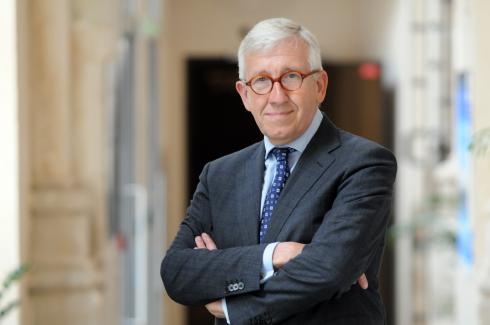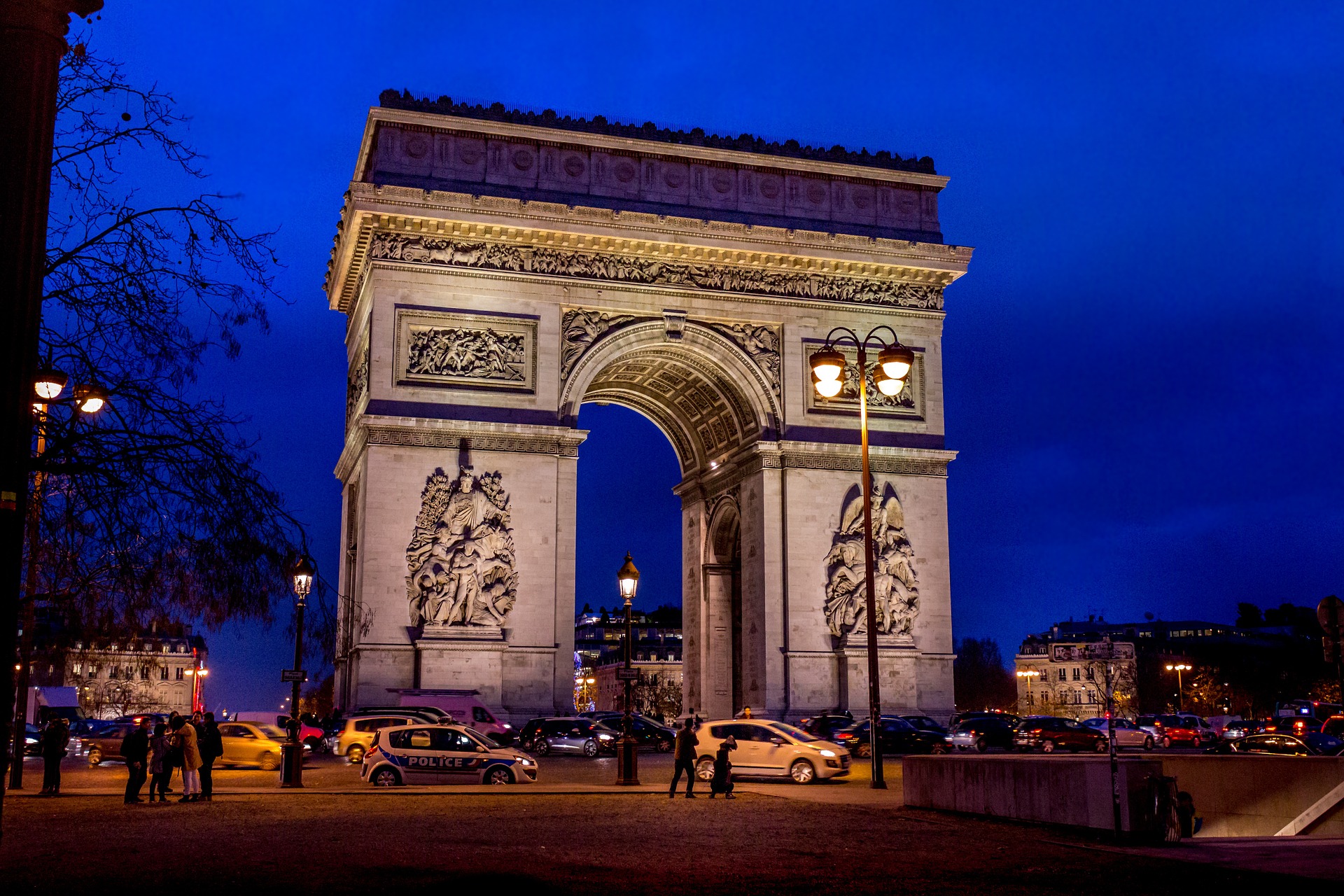Meet Philippe Belaval, president of the Centre des monuments nationaux
Divento talks to Philippe Bélaval, who is in charge of a hundred of France's most iconic monuments, visited by almost ten million visitors a year.
By Fiona Scott Lazareff
3 March 2015
Philippe Bélaval is president of the “Centre de Monuments Nationaux” in France, a state organisation which conserves, restores and manages close to 100 national monuments, which are open to the public. Its charges include the Arc de Triomphe, the Sainte-Chappelle and the Abbey of Mont-Saint-Michel. Almost nine and a half million people visited these monuments in 2014.

“My role is to make sure that everything is running smoothly, that the monuments open in the best conditions possible, that they are shown in an attractive, desirable light so as to attract a lot of visitors,” says Philippe Bélaval. Equally important is to ensure that there is a good working atmosphere in the organisation.
As the Centre des Monuments Nationaux is a state organisation, one would expect it to be highly subsidised by the French Government. However, Philippe Bélaval corrects me: “All the visitors pay an entry fee, many buy souvenirs in our shops, and on top of that we organise different kinds of events which people also pay to go to. It all adds up and leads to the organisation being 85% auto-financed.” This is a high percentage compared to other similar establishments in France, which gives the Centre des Monuments Nationaux a bit more liberty in negotiations with the government regarding future subsidies.
When asked which is his favourite monument, Philippe Bélaval chuckles and says: "It’s difficult to say. I feel a bit like a father who has to choose his favourite child."
In fact the Centre des Monuments Nationaux receives close to 9,500,000 visitors a year with the Arc de Triomphe as their most popular site, attracting 1,750,000 visitors alone. 60 to 70% of visitors in Paris are foreign. Philippe Bélaval explains, “that the financial crisis has been responsible for the recent affluence of tourists from the Middle East, Japan, Korea, China who have been less affected than people from Eastern and Southern Europe, who are in a similar economic crisis as the French.”

When asked which is his favourite monument, Philippe Bélaval chuckles and says: "It’s difficult to say. I feel a bit like a father who has to choose his favourite child. I’d say that my favourite monument is the last one I visited, because I’m still under its charm and it is often synonymous of a new challenge of issues that have to be fixed."
La Bastille (the column at the Bastille) in Paris is his latest project. It’s not open to the public because of the difficult access: the spiralling stairs leading to the top are very narrow, steep and uneven. “But we are seeing what we can do within the plans by the Ville de Paris (the Paris city council) to redevelop the Place de la Bastille by reducing traffic and making the site more lively.
Philippe Bélaval has led a very eventful professional life, with a lot of achievements stashed under his belt. Past posts include being directeur général (Managing Director) of the Opéra de Paris at the time of the construction of the Opéra Bastille, followed by directeur général of the Bibliothèque Nationale de France (the National Library) at the time they built the Bibliothèque François Mitterrand. He then became directeur général of the Institut National du Patrimoine (National Heritage Institute) and directeur général of heritage at the Ministry of Culture. But surprising though it may seem he hasn’t always worked in the cultural sector. Between all these jobs, “I have frequently gone back to what I originally studied: public law. This constant fluctuation between two sectors is certainly one of the privileges of being an haut fonctionnaire (top-level civil servant) in France.”
Before leaving I ask Philippe Bélaval if he can share some of his favourite addresses with us. “The restaurant, 'Le gorille blanc' is a warm, welcoming place with excellent food, to which I often take my colleagues for lunch as it’s close by in the Marais district of Paris. As for his favourite museum, he admits: “I can spend ages wandering through the Musée d’Orsay: our luck, and in a way our downfall, is that we have such a rich cultural heritage all over France that it’s difficult to see everything, especially for tourists who often try and fit too many things into a couple of days. The Vallée de la Loire, (The Loire Valley) with all its châteaux, absolutely cannot be missed.”
